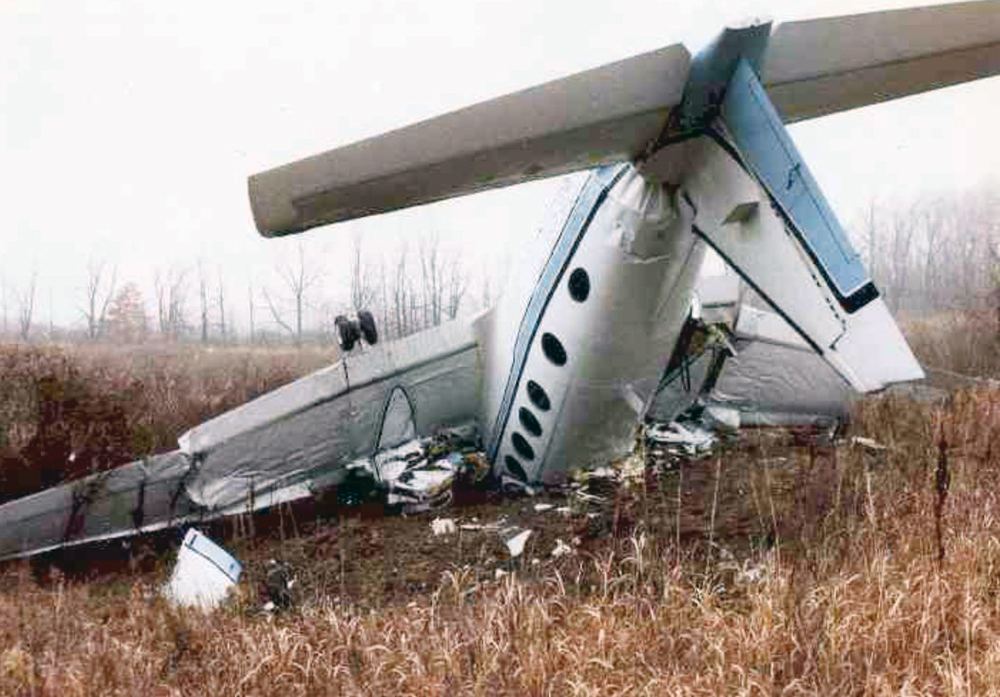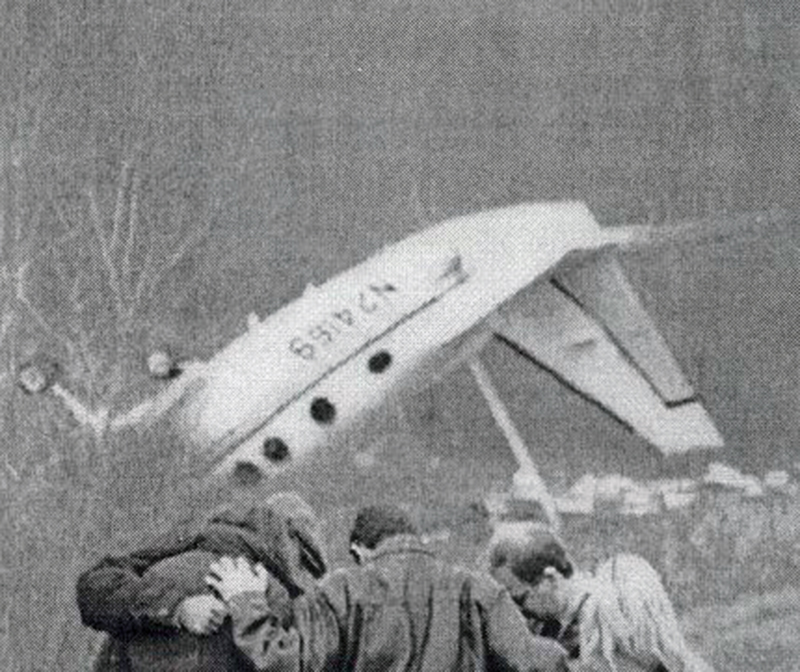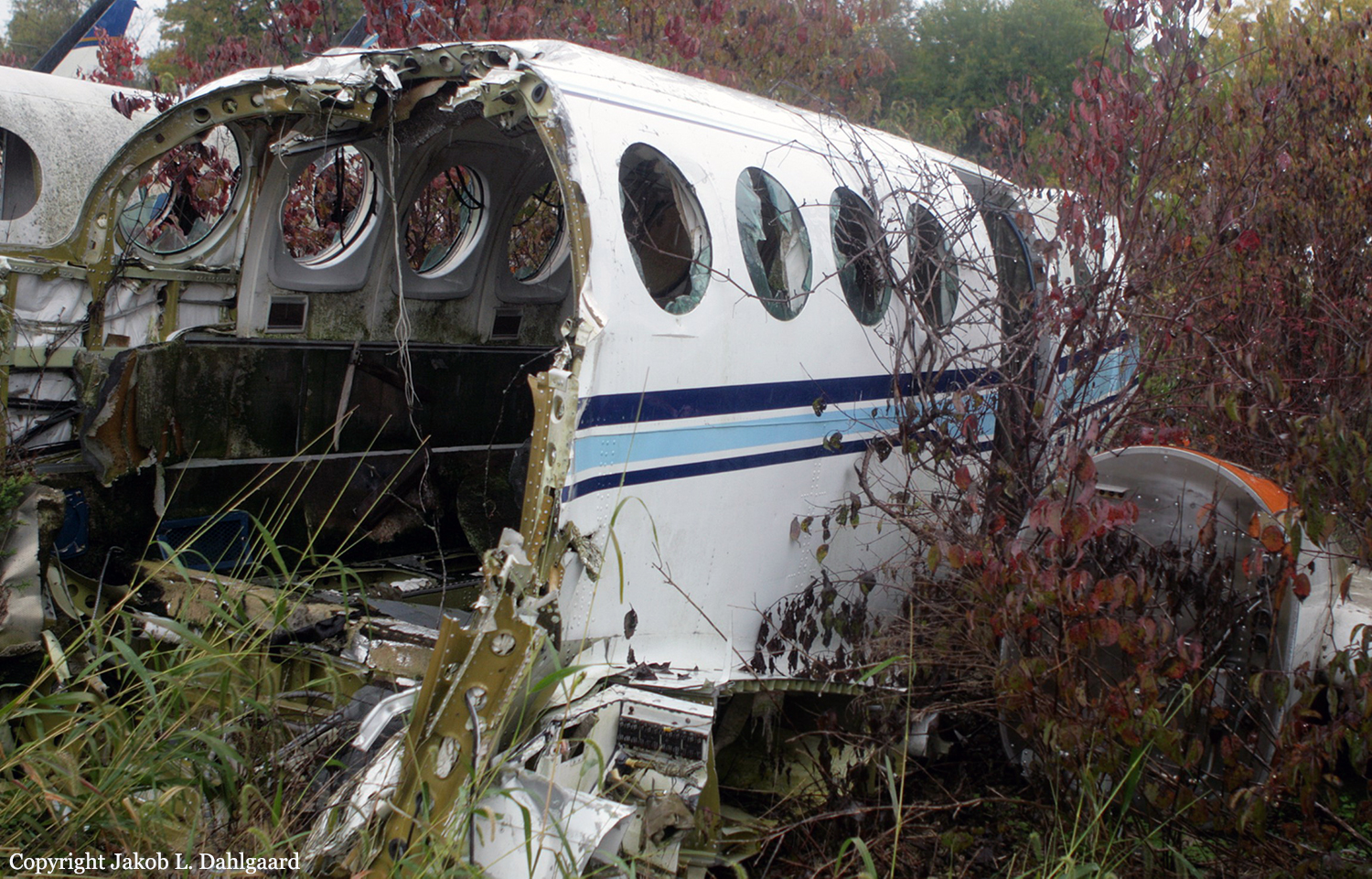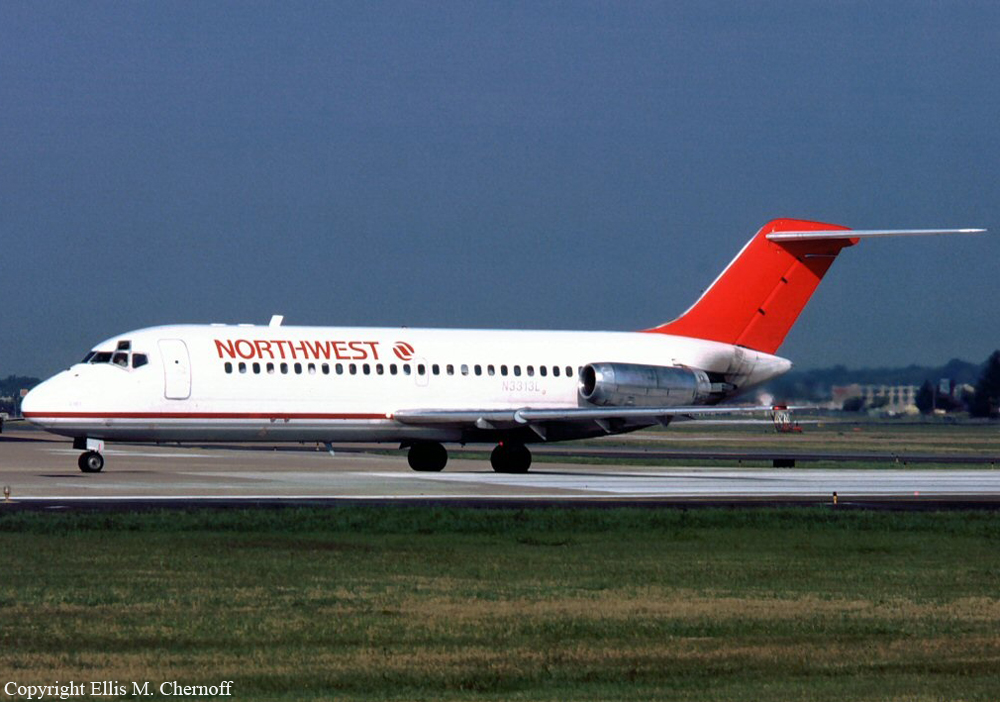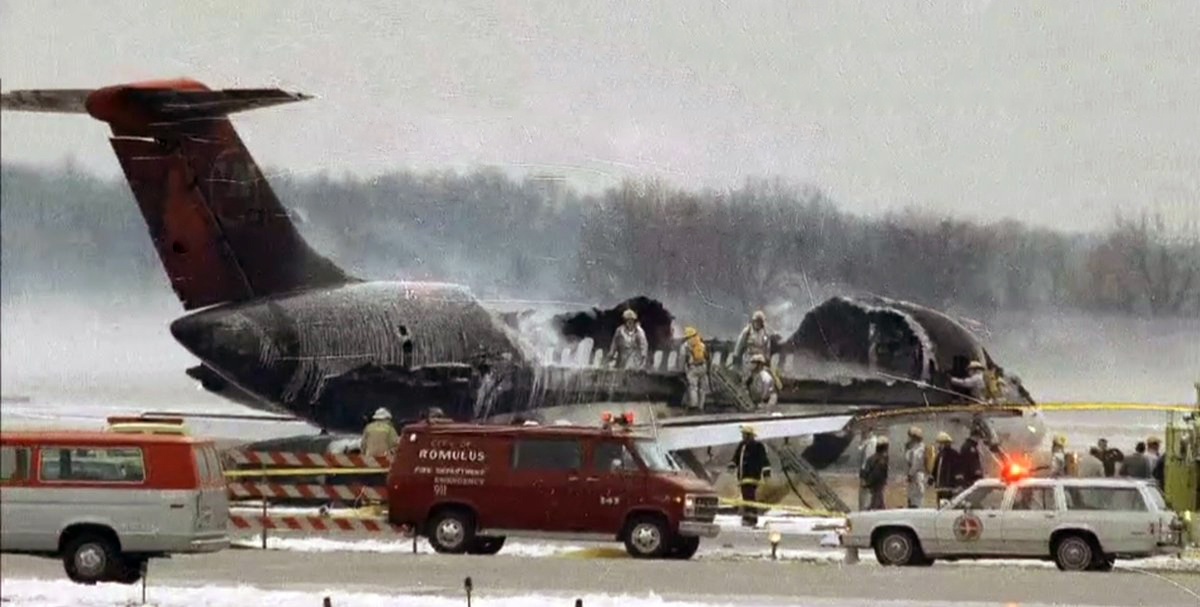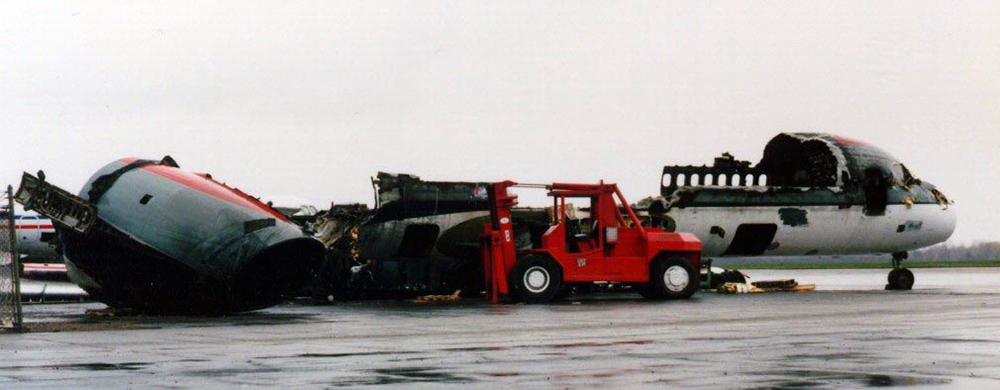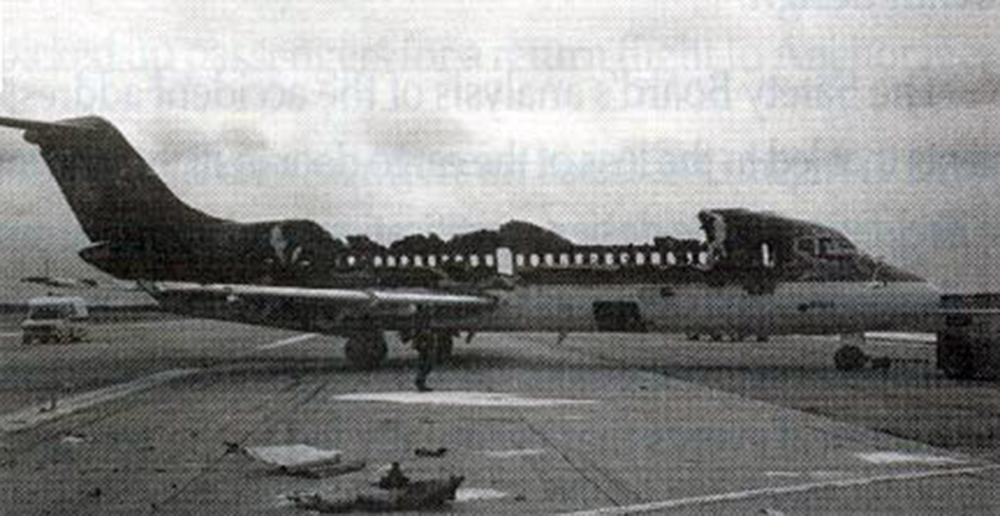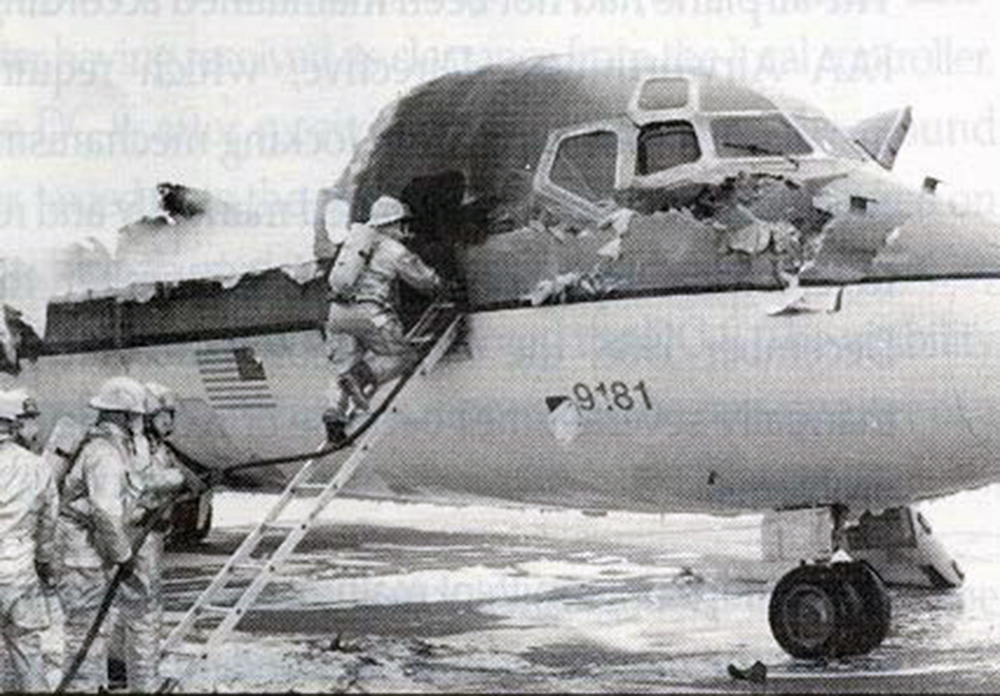Crash of a Beechcraft E18S in Detroit: 1 killed
Date & Time:
Jun 8, 1993 at 0502 LT
Registration:
N51FG
Survivors:
No
Schedule:
Detroit - Louisville
MSN:
BA-324
YOM:
1957
Crew on board:
1
Crew fatalities:
Pax on board:
0
Pax fatalities:
Other fatalities:
Total fatalities:
1
Captain / Total hours on type:
27.00
Aircraft flight hours:
11916
Circumstances:
The pilot was conducting his initial revenue and solo flight for this company, in this type of airplane. The weather for takeoff included fog and low ceilings. The airplane was equipped with a primary (left) attitude indicator which was electrically operated via an independent switch. This aircraft was the only such airplane operated by this company, with an independent switch configuration for the primary attitude indicator. The airplane collided with the terrain on the airport, just after takeoff. Subsequent examination revealed no anomalies with the engines or airframe. The primary attitude indicator was located. On examination it was found to have a malfunctioning on/off flag which gave the indication of being operative regardless of power to the unit. No rotational damage was noted within the gyro housing. The pilot, sole on board, was killed.
Probable cause:
The pilot-in-command's inadequate preflight preparation, false indication (on/off) of attitude indicator, and attitude indicator switched off. Factors were fog, low ceiling, the pilot-in-command's improper use of the attitude indicator, and his lack of total experience in the type of airplane.
Final Report:



